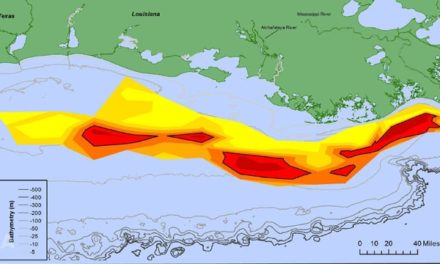A new study warns that extreme precipitation over land will increase in the world’s wettest and driest areas, with the hydrological cycle intensifying as a result of global warming. Released by Nature Climate Change, a monthly journal dedicated to publishing the most significant and cutting-edge research on the science of climate change including its impacts and wider implications, the report reveals that climate projections for the rest of the century show continued intensification of daily precipitation extremes, a trend that has implications for the risk of flooding as the climate warms — particularly in the world’s dry regions.
The report also found that precipitation changes may differ not only among regions but also among different aspects of precipitation, such as totals and extremes. But even with greater rainfall and more extreme flooding likely in dry areas, the researchers still caution that this increase does not necessarily mean that more water will become available as higher temperatures caused by global warming likely also will cause more evaporation.
Importantly, the findings showed a high level of consistency between observations and precipitation climate models, suggesting that improved observations will be vital for those planning for climate change.




